Socotra Bluet Facts
- The term of Socotra Bluet represents one of the common names for a remarkable variety of damselfly. The marvelous insect also remains known to some people by another term. In some parts of its range the invertebrate’s most frequently known as the Grant’s bluet.
- Within the scientific community, however, it’s perhaps much better known by its purely technical designation. Like many such terms, though, that one’s somewhat difficult for the layperson to pronounce. That’s because it holds the formal moniker of Azuragrion granti.
- This marvel of Nature and evolution received that epithet due to the efforts of Robert McLachlan. That highly respected English entomologist recorded the first official recognition of it as a separate and distinct species. He achieved that scientifically noteworthy deed in 1903.
- Unfortunately, researchers currently do not know a great deal about the life and behavior of this beautiful Arthropod. This lamentable lack of information understandably occurs mainly due to the relative remoteness and extremely inhospitable nature of its native habitat.
- Although it appears to be locally abundant, the IUCN currently lists the invertebrate as Near-Threatened, due to a combination of various factors. This regrettable status further appears on the organizations published Red List of Threatened Species, which it continually updates.
- Given the unique nature and scarcity of its natural environment and range, the species also faces several threats to its continued existence as a species. Habitat loss quite obviously constitutes a great danger to the insect, but its greatest threat consists of climate change.
- Considering the various difficulties involved, very few quality photos of this remarkable insect understandably exist at all, let alone ones of good quality. As a result, only the first image used in this article is actually of the Socotra Bluet. The rest consist of closely related creatures.
Related Articles
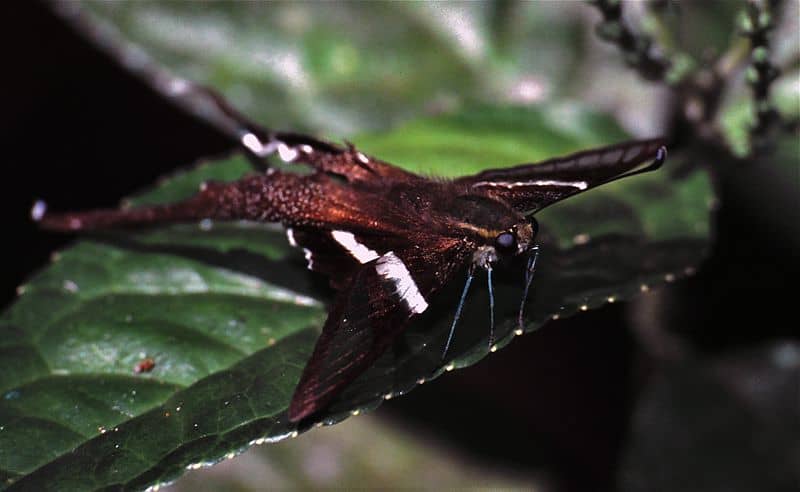
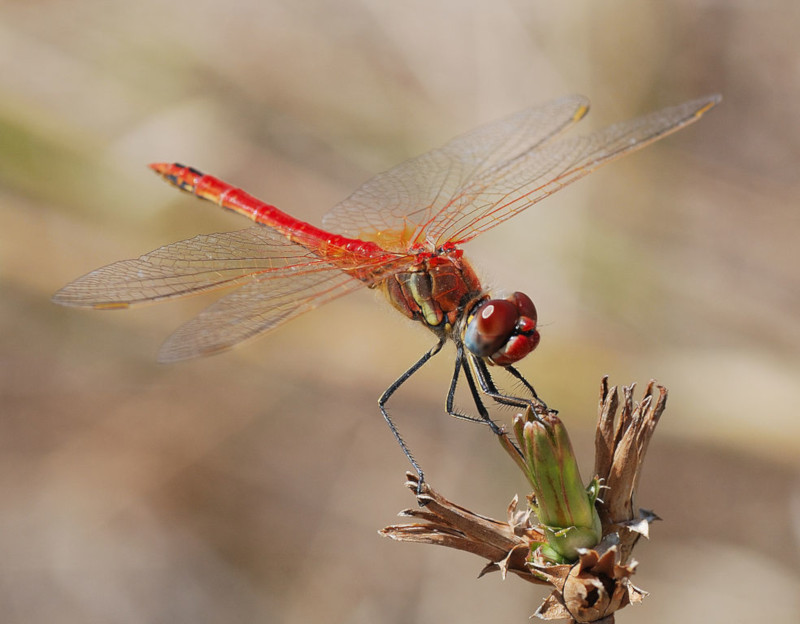
Red Veined Darter
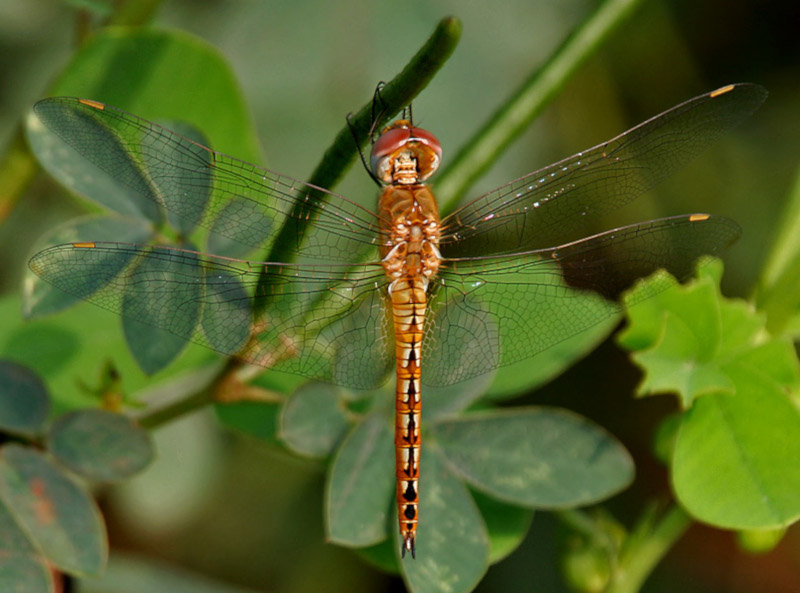
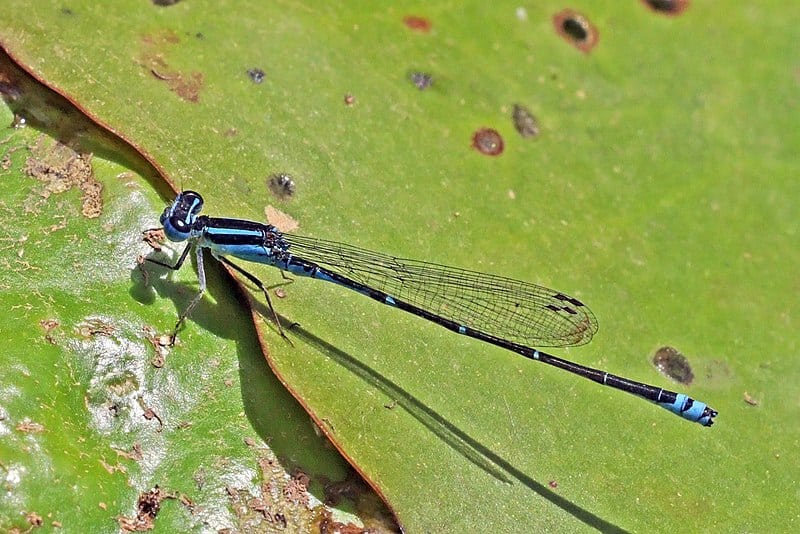
Socotra Bluet Physical Description
The breathtaking Socotra Bluet typically captivates those few individuals fortunate enough to encounter one of these natural wonders. That level of appreciation generally occurs due more to its visual appeal than its size. That’s true since, in that respect, it’s a small-to-average size damselfly.
Regarding any physical description, however, it follows a pattern common among many forms of life, including its numerous relatives. That’s the fact that it displays a certain degree of the physiological characteristic of sexual dimorphism. In its case, this manifests in patterns of coloring.
Individuals of both genders therefore attain approximately the same average body lengths. This ranges from between 1.2 – 1.4 in (3 – 3.5 cm). Wingspans, meanwhile, usually range from 1.4 – 1.8 in (3.5 – 4.5 cm). Though exceptional specimens may exceed this, they rarely do so to any great degree.
The abdomen evolved as long and slender, with distinctive black banding on a blue background in males, especially on the final segments. Its thorax, though, most commonly presents as blue,with black dorsal stripes. This combination frequently provides the Arthropod with a striped appearance.
Yet, it’s doubtless the colors of the Socotra Bluet that generally garner the most attention from its admirers. Males present the pattern mention above, while females typically remain markedly duller in color than males of the species, often pale blue or grayish, with more subdued black patterns.
Still other features also merit note, though. The eyes develop as large and compound, typically being blue or bluish-gray in males. Its wings remain transparent with a narrow, elongated shape. These the amazing invertebrate folds together over the back when at rest, typical of most known damselflies.
- Kingdom: Animalia
- Phylum: Euarthropoda
- Class: Insecta
- Order: Odonata
- Family: Coenagrionidae
- Genus: Azuragrion
- Species: A. granti
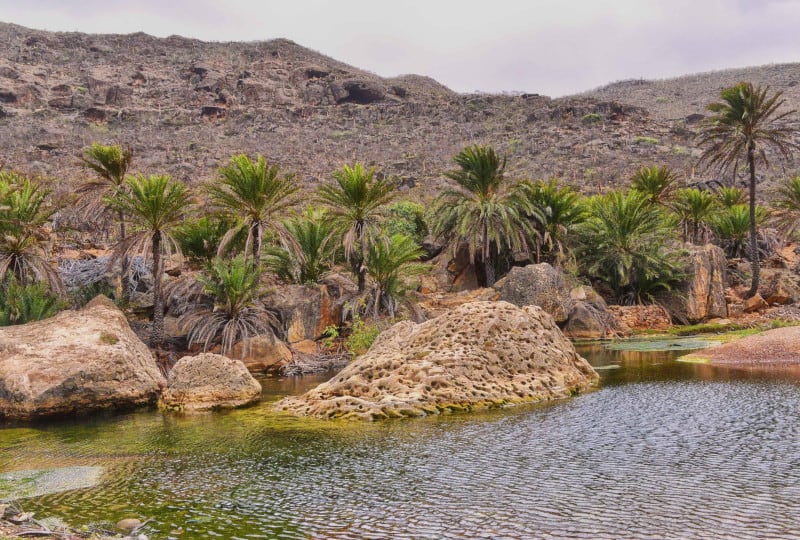
Socotra Bluet Distribution, Habitat, and Ecology
The known native range of the remarkable Socotra Bluet also remains limited to an extremely small portion of the earth’s surface. The marvelous damselfly further appears to only live in one location in the entire world, which severely limits its chances to survive at all, let alone to expand its range.
Incredibly, this tiny yet remarkable marvel of Nature and evolution seems to only live on the eastern portion of one very small, remote island. That location’s the tiny island of Socotra, legally forming a part of Yemen. Geographically, though, the location remains considered as a part of Africa.
This stunning creation of natural evolution demonstrates extremely precise, and sadly, limiting preferences regarding its choice of habitat. It demonstrates a clear favoring of streams, freshwater pools, and seasonal riverbeds that may hold water after rains, commonly referred to as wadis.
These habitats are often surrounded by semi-arid or dry shrubland typical of the island’s unique landscape. It requires clean, unpolluted freshwater for breeding and larval development. It’s also found at low to mid elevations, generally in areas where water’s perennial or seasonally available.
The magnficent yet elusive Socotra Bluet appears to play a pivotal role with the freshwater ecosystems of its native region. Despite this knowledge, its ecology is not as thoroughly studied as that of more widespread species. Further study of the wonder continues to remain ongoing.
It evolved as a purely predatory carnivore. Both the larval and adult stages feed on very small invertebrates. Larvae live in freshwater, feeding on aquatic insects, mosquito larvae, and other tiny organisms. Mature adults feed on a wide variety of flying insects like midges, mosquitoes, and flies.
It’s presumed that the Arthropod faces the same type of predators itself as most other species of its kind. Adults likely fall victim to numerous birds, lizards, and even larger insects. The larvae, of course, naturally remain highly vulnerable to aquatic predators, such as fish and larger invertebrates.
Species Sharing Its Range
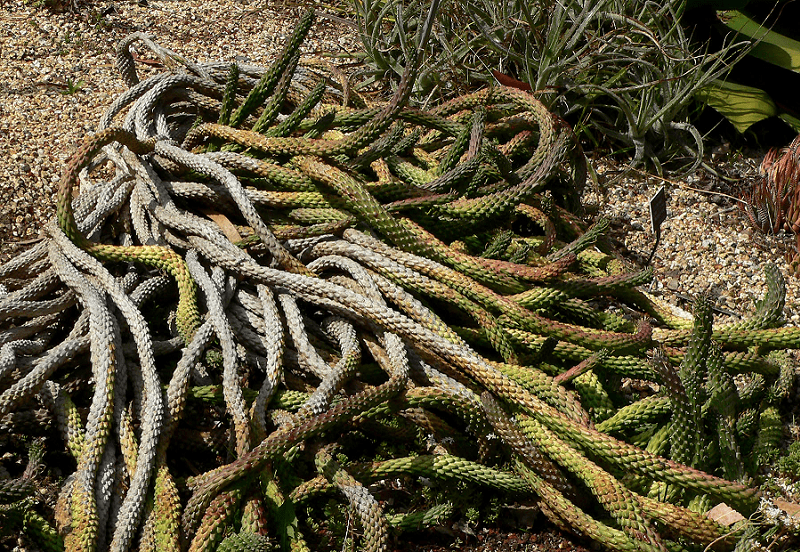
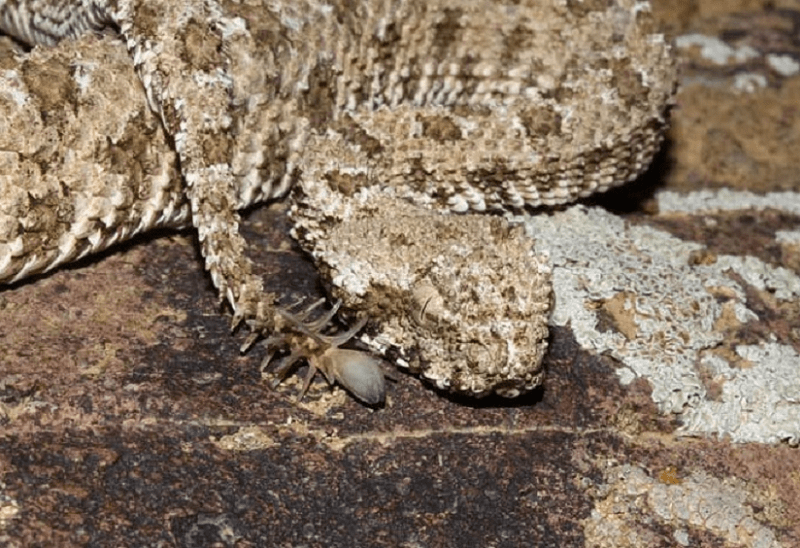
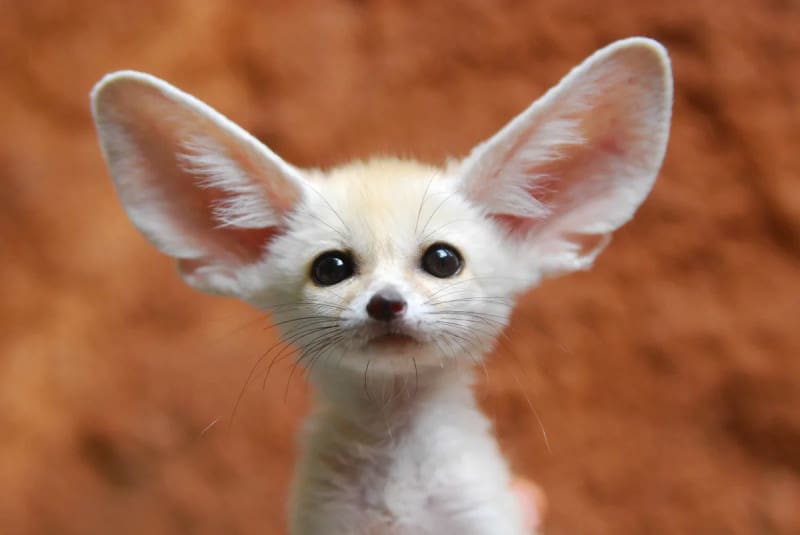
Check out our other articles on 5 Rare Mind-Blowing Cloud Types, Jellyfish Tree, Eastern Diamondback Rattlesnake, Cano Cristales, Indian Giant Squirrel, Little Penguin, Evening Cicada









Leave a Reply